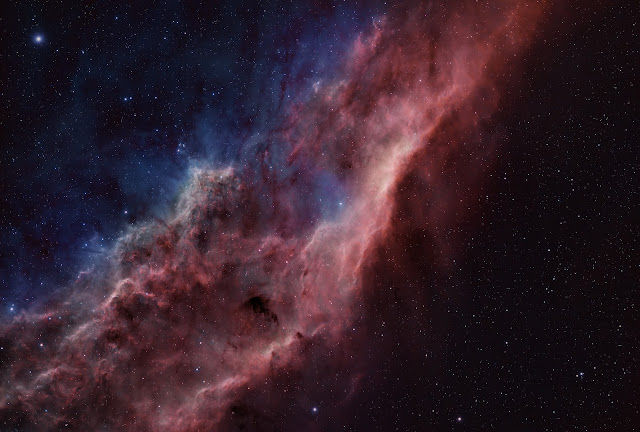Well it is here again above us for another week or so rising right between all these faint galaxies that need imaging. So I might as well take a few pics of it.
My ZWO ASI 2600mm is not a planetary camera it records an not very impressive 6 frames per second however a couple of minutes of capture and a quick Autostakkert later. The ASIair software allows captures at various resolutions from 1920 all the way down to 240. I have attempted a couple of captures at this setting but the images are so pixelated it is not worth displaying. Working at a longer focal length now I need to capture a 2 pane mosaic to capture the full lunation.
Ancient asteroid impacts on the far side of the moon nearly 4 billion years sent shockwaves through the moon causing volcanic eruptions on the opposite side or the nearside leaving huge Basalt lava basins. Known today as Mare these darker plains looked just like seas to the ancient astronomers and so they now bear their Latin name of Mare. Mare Serenitatis or the “Sea of Serenity” has not changed for billions of years. It has a diameter of 674km and has plenty of features. First we have the crater Posidonius a 95km impact crater located at the north east in this view. The rim of the crater is very shallow a clear indication of its age as it was filled by lava flows giving it almost an appearance of being slowly washed away. Just south of the centre we have a much smaller 16km impact crater called Bessell, circular in shape is an indicator of an impact from directly above as opposed to at an oblique angle creating ejecta in the surround area. The mountain range running north to south at the left edge is part of the Appenine range running nearly 600 km in length. Finally we have the locations of the landing sites of Apollo 15 & 17.












